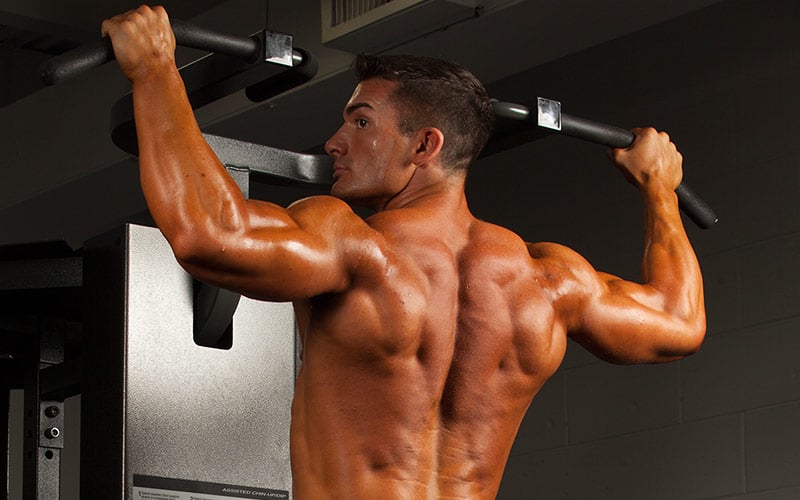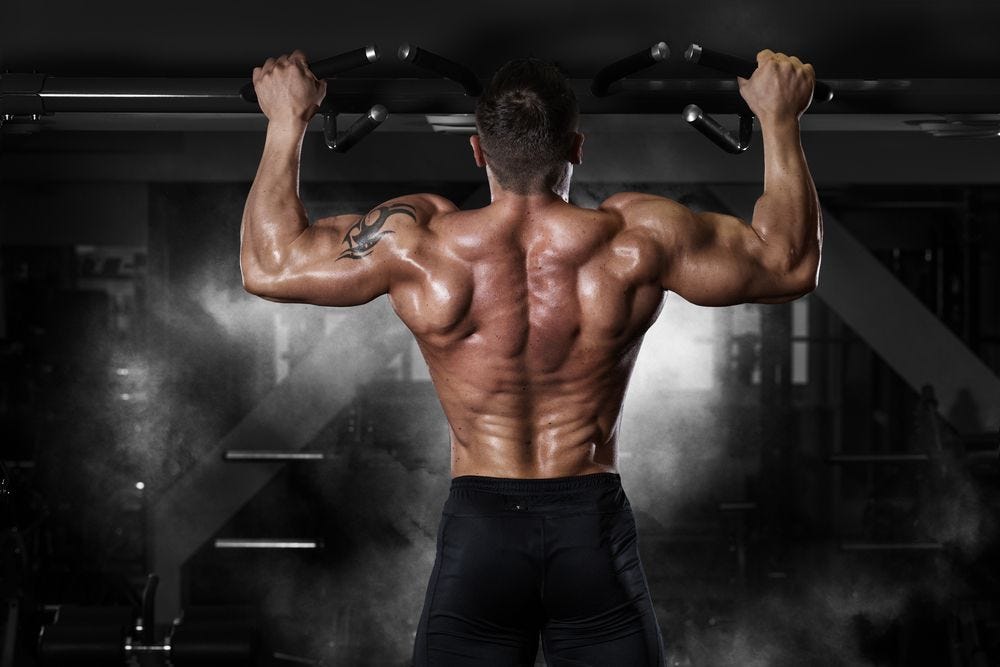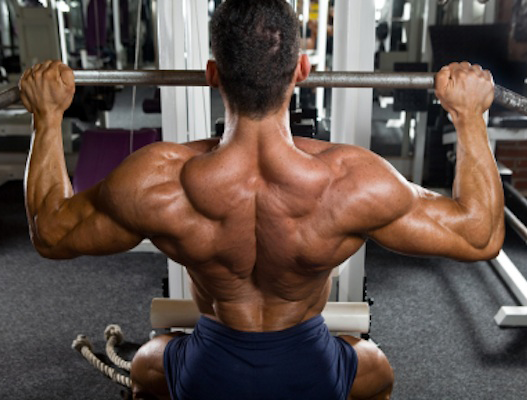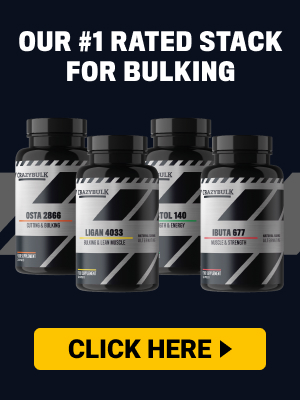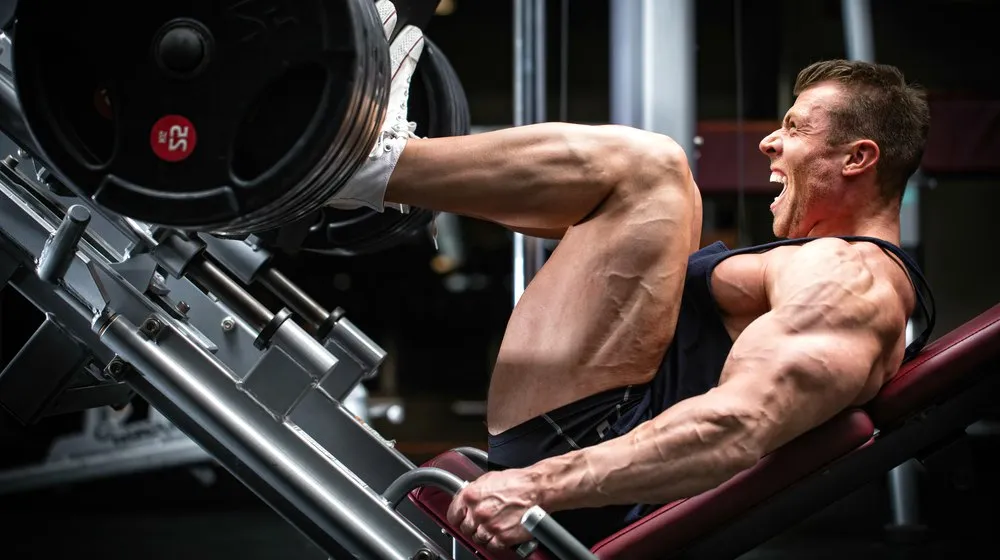Best Split for Back Development: Build a Wide, Thick, Powerful Back
A great physique isn’t complete without a massive back. Wide lats create the V-taper that bodybuilders chase, while thick traps and spinal erectors add raw power. But despite all the “Monday bench day” enthusiasm, many lifters undertrain their back — or train it the wrong way.
The truth? Your training split will largely determine how effectively your back develops. Some programs hammer the back multiple times a week through pulling movements, while others leave growth potential untapped.
This guide breaks down the best splits for back development, explains how to balance volume, frequency, and exercise variety, and provides actionable strategies to build a wide, powerful back.
🔎 Key Principles of Back Growth
- Train With Variety
- Horizontal pulls: Rows, barbell/dumbbell, cable
- Vertical pulls: Pull-ups, lat pulldowns
- Thickness work: Deadlifts, rack pulls
- Trap/Rear Delt work: Shrugs, face pulls
- Frequency
- Research supports 2x/week back training for maximum hypertrophy.
- Back recovers well compared to pressing muscles, so higher frequency often works.
- Volume
- Optimal: 12–20 sets per week (across movements).
- Divide between lats, traps, erectors, and rear delts for balance.
- Progressive Overload
- Heavy barbell rows, weighted pull-ups, and deadlifts should progress steadily.
💥 Best Splits for Back Development
Push Pull Legs (PPL)
Why It Works:
- Dedicated Pull days ensure direct back training 2–3x per week.
- Combines heavy compounds + isolation.
- Balanced across lats, traps, and erectors.
Sample Back Focus (PPL 6-Day):
- Pull A: Deadlifts, Barbell Rows, Pull-Ups, Face Pulls
- Pull B: Weighted Chin-Ups, Dumbbell Rows, Lat Pulldowns, Shrugs
Pros:
- Great frequency (2–3x/week)
- Flexible exercise selection
- Excellent for both size and strength
Cons:
- Requires 5–6 training days for full effect
👉 Best for: Intermediates and advanced lifters aiming for balanced back growth.
Upper / Lower Split
Why It Works:
- Back trained twice weekly on both Upper sessions.
- Combines heavy pulling with accessory work.
- Easier to recover from compared to PPL.
Sample Back Workload (Upper/Lower 4-Day):
- Upper A: Deadlifts, Barbell Rows, Pull-Ups
- Upper B: Weighted Chin-Ups, Cable Rows, Face Pulls, Shrugs
Pros:
- Consistent frequency (2x/week)
- Easy to manage recovery
- Balanced with push work
Cons:
- May not provide enough volume for stubborn backs without extra sets
👉 Best for: Beginners to intermediates seeking balance and recovery.
Bro Split (Back Day)
Why It Works:
- A full day dedicated to back → maximum focus + variety.
- Allows you to train every back region in one session.
- Popular among bodybuilders needing specialization.
Sample Back Day (Bro Split):
- Deadlifts – 3×5
- Pull-Ups – 4×8
- Barbell Rows – 4×10
- Seated Cable Rows – 3×12
- Face Pulls – 3×15
- Shrugs – 3×12
Pros:
- High volume in one session
- Great for mind-muscle connection
- Excellent for advanced lifters chasing symmetry
Cons:
- Frequency limited to 1x/week
- May leave back under-stimulated for hypertrophy vs 2x/week splits
👉 Best for: Advanced bodybuilders with a stubborn back that needs specialization.
PHUL (Power Hypertrophy Upper Lower)
Why It Works:
- Back trained twice weekly (Power Upper + Hypertrophy Upper).
- Strength + hypertrophy blend helps develop pulling power + muscle size.
- Deadlifts and rows form the foundation.
Sample Back Frequency (PHUL 4-Day):
- Power Upper: Deadlifts, Weighted Pull-Ups, Barbell Rows
- Hypertrophy Upper: Dumbbell Rows, Lat Pulldowns, Face Pulls, Shrugs
Pros:
- Balanced strength + hypertrophy
- Solid frequency (2x/week)
- Great for progressive overload
Cons:
- Demanding on recovery with heavy pulls
👉 Best for: Intermediates who want size + strength.
PHAT (Power Hypertrophy Adaptive Training)
Why It Works:
- Combines heavy powerlifting pulls + bodybuilding accessory work.
- Very high weekly back volume.
- Multiple exposures: Upper Power, Pull Hypertrophy, Upper Hypertrophy.
Sample Back Frequency (PHAT 5-Day):
- Upper Power: Deadlifts, Barbell Rows, Pull-Ups
- Pull Hypertrophy: Weighted Chin-Ups, Dumbbell Rows, Cable Rows, Face Pulls
- Upper Hypertrophy: Lat Pulldowns, Rear Delt Fly, Shrugs
Pros:
- Massive volume + frequency
- Excellent for advanced back development
- Proven bodybuilding split
Cons:
- Very taxing
- May cause recovery issues if not managed well
👉 Best for: Advanced lifters chasing maximum thickness + width.
📊 Split Comparison for Back Development
| Split | Frequency | Volume Potential | Best For |
| PPL | 2–3x/week | High | Intermediates/Advanced |
| Upper/Lower | 2x/week | Moderate | All levels |
| Bro Split | 1x/week | Very High (1 day) | Advanced specialization |
| PHUL | 2x/week | Moderate–High | Intermediates |
| PHAT | 2–3x/week | Very High | Advanced |
🏋️ Back Specialization Strategies
- Train Back Twice per Week Minimum → Avoid the “1x/week” trap.
- Balance Width and Thickness
- Width: Pull-Ups, Chin-Ups, Pulldowns
- Thickness: Rows, Deadlifts, Rack Pulls
- Target Rear Delts and Traps → Don’t neglect face pulls, shrugs, and reverse flyes.
- Prioritize Heavy Rows & Pull-Ups → Progressively overload these staples.
- Use Different Grips and Angles → Overhand, underhand, neutral grip; horizontal and vertical pulls.
✅ Final Verdict: Best Split for Back Development
- For Beginners: Upper/Lower (balanced, sustainable)
- For Intermediates: PPL or PHUL (frequency + variety)
- For Advanced Lifters: PHAT (volume + frequency) or Bro Split (specialization)
👉 The best split for back growth is the one that allows you to train your lats and traps with sufficient frequency, balanced volume, and progressive overload.
🔗 Next Steps:
- Compare [PPL vs Bro Split]
- Read [Best Split for Chest Growth]
- Explore [Best Training Split for Muscle Growth]

